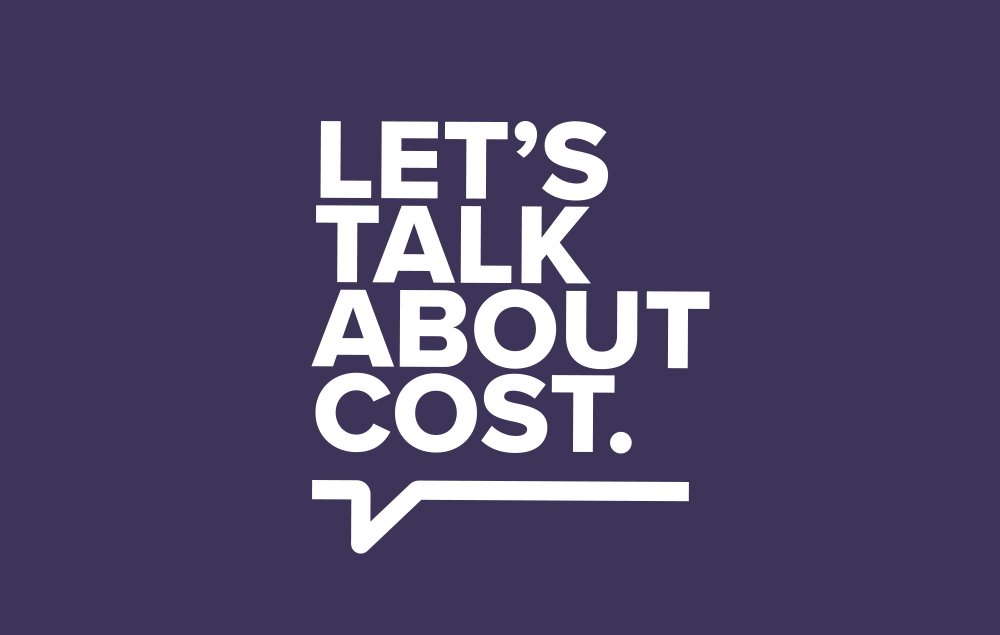A century ago, patients were treated with animal insulins. Today, biopharmaceutical companies produce insulins that operate at the molecular level, more closely resembling insulin released naturally in the body and more effectively managing the disease. The options available today also help meet a wide range of unmet needs, providing patients with the tools necessary to stay adherent and healthy – saving costs throughout the health care system. However, this innovation isn’t enough if patients can’t afford their insulin and other medicines at the pharmacy.
Due to negotiations in the market, prices for insulin after discounts and rebates have fallen in recent years. But too often, these negotiated discounts and rebates are not shared with patients, resulting in the sickest patients paying higher out-of-pocket costs to subsidize the healthy. This is the opposite of how health insurance is supposed to work.
Here are five facts about the insulin market:
- Prices after discounts and rebates have declined in recent years for the most commonly used classes of insulin. In fact, long-acting insulins are less expensive today than in 2010. Declining net prices mean that publicly reported insulin list price increases are returned to payers and supply chain entities through rebates, fees or other discounts.
- Middlemen in the biopharmaceutical supply chain known as pharmacy benefit managers (PBMs) – three of which manage more than 70 percent of all prescriptions filled in the United States – leverage robust competition among a broad range of long- and rapid-acting insulins to negotiate deep discounts from companies in exchange for preferable formulary placement or lower cost sharing. These dynamics can lower the net price of insulin by 70 percent or more.
- Patients often do not benefit from negotiated discounts and rebates because health plans’ benefit designs increasingly include these medicines in their deductibles and / or subject them to coinsurance. This exposes patients to undiscounted list prices and significant out-of-pocket costs. The Department of Health and Human Services Office of the Inspector General proposed a rule that would shift rebates in Medicare Part D to discounts that would be factored into patient cost sharing, addressing this problem for Medicare patients. One analysis found that a typical Part D beneficiary with diabetes taking five medicines, including insulin, could save $962 in out-of-pocket costs annually.
- Though it is not possible to bring a “generic” insulin to market, the Food and Drug Administration (FDA) will permit approval of biosimilar insulins in 2020. Prior to that date, biopharmaceutical companies have brought “follow-on” insulins to market that drive tremendous competition among long-acting and rapid-acting insulins today. In the two years following the introduction of the first “follow-on” long-acting insulin, the net price of the class fell 30 percent.
- Every biopharmaceutical company that produces insulin offers patient assistance programs to help with the costs of insulin and other diabetes medicines. Cost-sharing assistance programs — also known as copay cards or coupons – have also become a crucial lifeline for many patients. These coupons have a measurable impact on patients’ access to a broad range of medicines. In fact, a recent IQVIA study showed that for new patients using coupons in 2017, if cost-sharing assistance had not been used, patients would be almost three times as likely to abandon their medicines at the pharmacy.
The competitive marketplace works to control insulin costs, but the system needs to work better for patients. The right way to address patient affordability challenges is by changing the incentives in the supply chain so that more of the $166 billion in negotiated rebates and discounts are used to lower costs for patients at the pharmacy counter. Key policy changes that delink supply chain payments from the list price of a medicine, provide first dollar coverage of insulin for high-deductible health plan patients, count out-of-pocket costs paid through third-party discount programs (e.g., GoodRx and Blink Health) toward deductibles and out-of-pocket limits and provide flat copays for insulin for patients receiving cost-sharing subsidies in the Exchanges can help promote affordability for patients.
Learn more at LetsTalkAboutCost.org.



